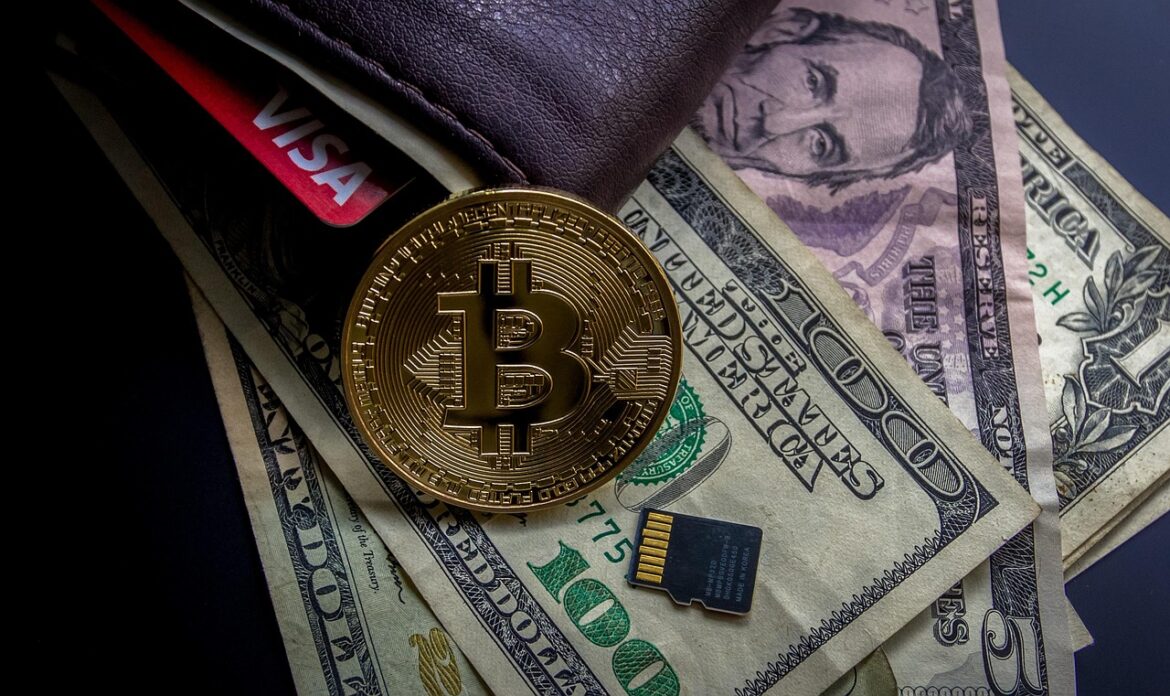Over half of Japanese game companies are using AI in development, according to the country’s Computer Entertainment Supplier’s Association (CESA) that runs the Tokyo Games Show.
The claim is based on responses from 54 Japanese game companies in a preview of the 2025 CESA Video Game Industry Report (as reported by The Nikkei). The survey sample is taken from CESA’s member companies, which include the likes of Capcom, Konami, FromSoftware, Square Enix and Sega, as well as smaller indie studios.
The report preview stated 51 percent of companies are using AI, with the most common use being generating visual assets and character images, as well as story and text generation, followed by programming support. Further, 32 percent of companies are using AI to develop their own game engines.
The report will be released in full in early December, so specifically cited uses of AI remain under wraps.
However, some Japanese companies have been open about their use of AI.
Back in 2024, Square Enix CEO Takashi Kiryu stated the company would be “aggressive in applying AI”, with developers admitting they “dabbled” with AI for the ill-fated shooter Foamstars.
Meanwhile Automaton reported in 2023 on Professor Layton studio Level-5 using AI tool Stable Diffusion, while earlier this year Capcom was experimenting with generative AI too. Sega also has an in-house AI team.
Nintendo, notably absent from the CESA member list, has taken a stance against AI. Last year, Shigeru Miyamoto stated the company would “rather go in a different direction” as part of its pursuit of originality.
Ahead of the Tokyo Game Show, AI was a common theme at Gamescom, seen by some indie studios as an invaluable tool.










